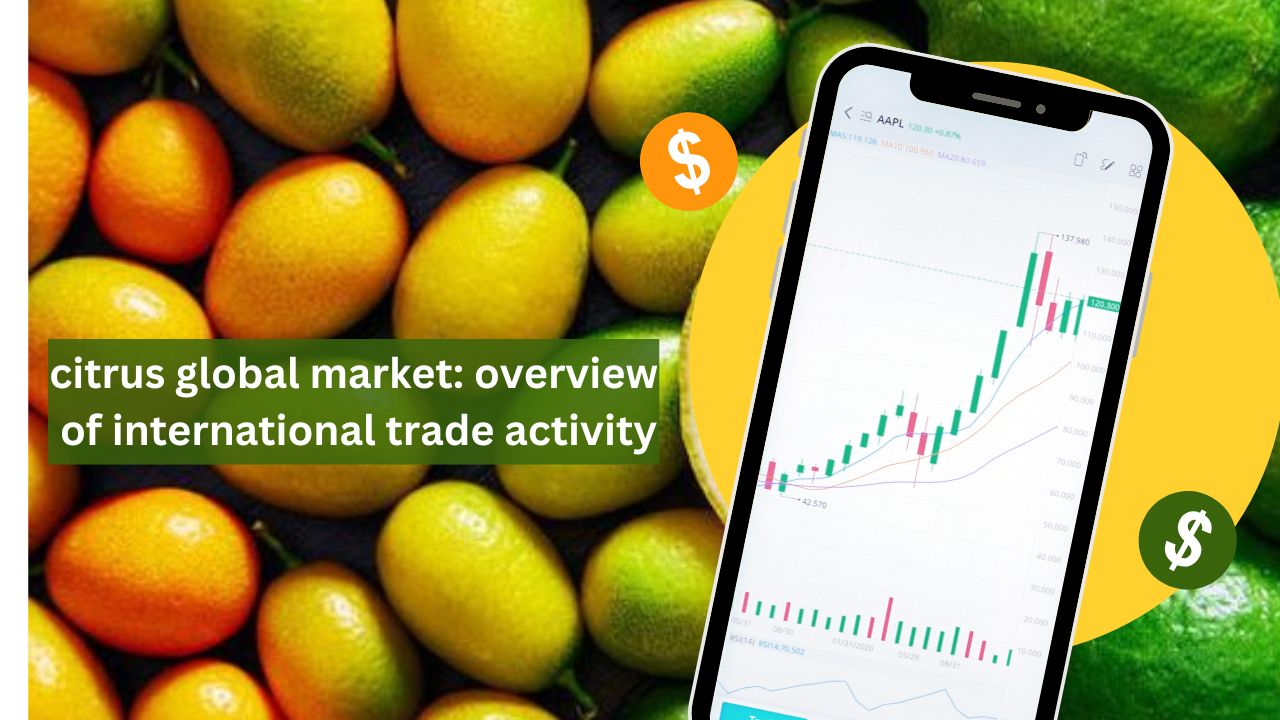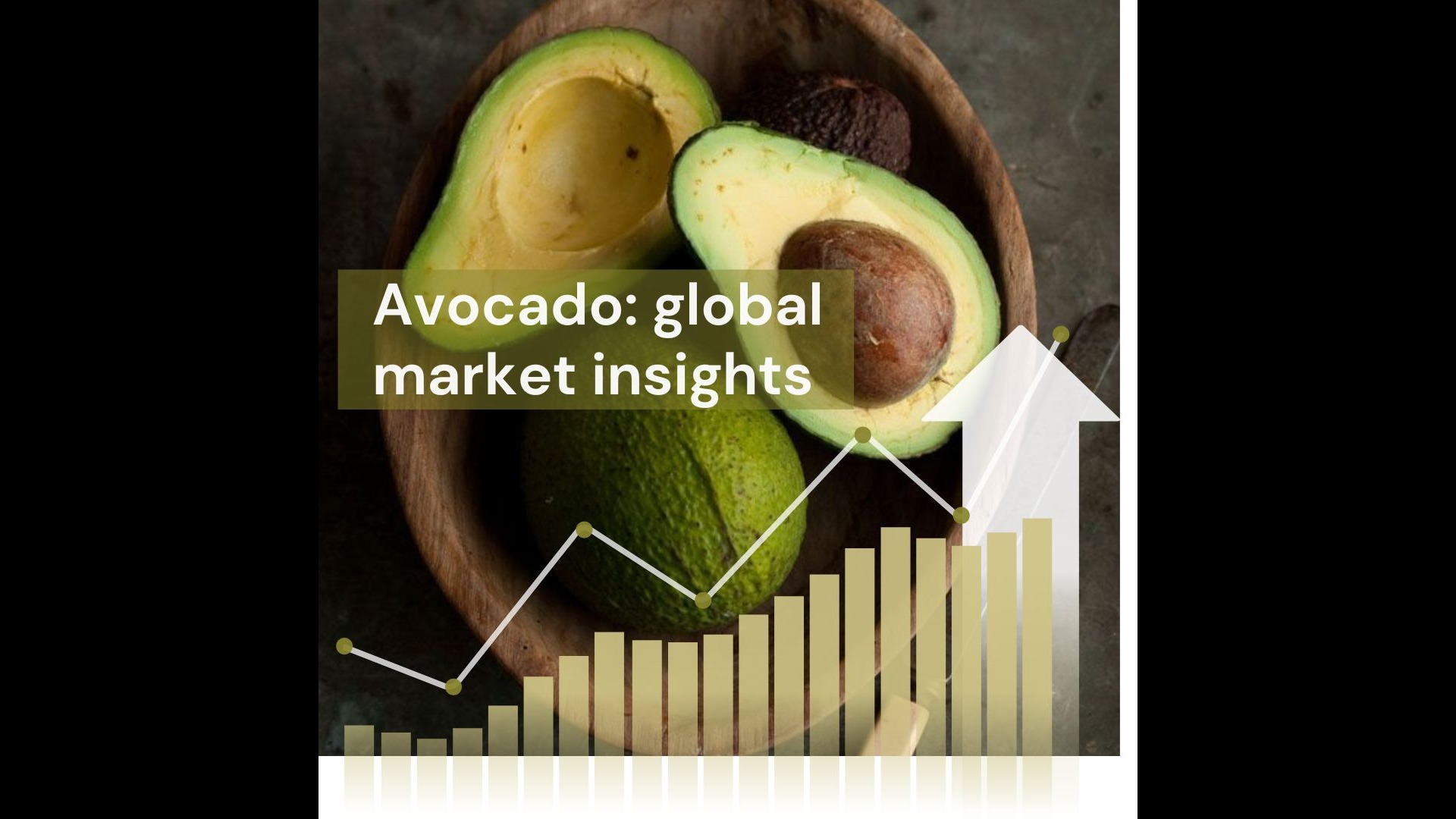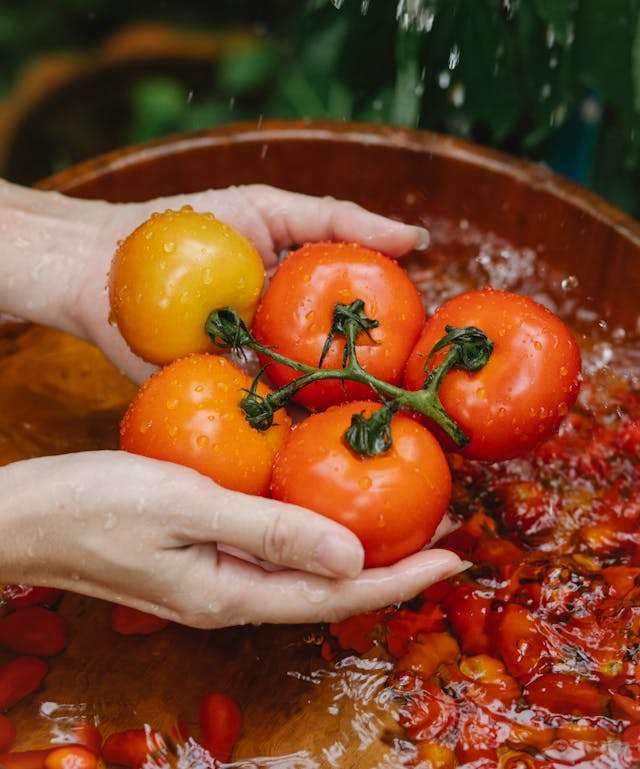The global citrus market: overview of citrus fruits and varieties in the global trade market
The global citrus market is one of the most promising and growing markets in the international trade industry. Citrus in general refers to a group of fruit-bearing trees or shrubs that belong to the family Rutaceae; they’re rich in vitamins and characterized by their juicy flavor and immunological role. Furthermore, they are widely consumed around the world, either in their fresh state or by applying them to several industries. The most popular citrus types include:
- Oranges: widely consumed, fresh, and processed to juice
- Mandarins: known for their sweetness and easy-to-peel skin
- Lemons: are essential for culinary applications and valuable for their juice and for being immune boosters.
- Grapefruit: popular for their health benefits and slightly bitter taste.
These fruits play a vital role in the global citrus market and in the international agricultural market in general, with massive production and export activities.
Insights to the global citrus production
In 2023, the global citrus production was estimated at 147 million metric tons, with the following citrus fruits being the most popular:
1-Oranges: with a production volume totaling 47.5 million metric tons
2 Mandarins: its production volume was estimated at 36.6 million metric tons.
3-Lemons were produced with a volume totaling 9.7 million metric tons, with Mexico being the largest producer at 4.2 million metric tons.
Egypt emerged as a significant player, especially in orange exports, contributing 1.6 million tons in the total agricultural exports of citrus fruit.
Citrus exports and imports statistics worldwide
Top exporting countries:
Several countries have been dominating the global citrus market over years, with each country specializing in the production of certain citrus types. This specialization comes as a necessity due to the seasonality and the different conditions required for farming each type, along with the growing demand for fresh citrus fruit production rather than frozen and stored ones. All of this makes it a must for each country to specialize in the production of specific citrus types aligned with the climatic conditions and country resources. Here come the top leading countries in citrus production and their specialties:
1-Brazil: leading the orange production with volumes totaling 16.5 million metric tons
2- China: specialized in Mandarin citrus fruit, with total production estimated at 26.5 million metric tons.
3-Mexico: comes as a significant player in the production and export of lemons and limes, with exports totaling 4.2 million metric tons.
4-Egypt: Recently, it became one of the world’s largest exporters of oranges, surpassing Spain with total exports of 3.6 million metric tons.
5-Spain: specialized in the production and export of oranges and lemons with total exports of approximately 5.9 million metric tons.
Top importing European countries:
European countries are significant importers of citrus fruits; here are the markets with the highest imports and consumption rates:
- Germany imported approximately $720 million worth of citrus in 2023.
- Netherlands: received around $1.2 billion worth of citrus products.
- United Kingdom: imported about $72 million worth of citrus products.
- France remains a one of the main importers, but its citrus imports vary annually.
Primarily, these countries source their citrus from Egypt and Spain.
Leading exports and imports companies
Top exporting companies:
The exporting countries involved in citrus trade include:
Recognized for its high-quality Egyptian oranges. In 2021, they shipped approximately 2500 metric tons to various markets, including the Netherlands (1,200 MT) and Germany (720 MT). Moreover, their commitment to quality is evident in their production processes, which include seed selections and crop monitoring.
In 2023, South Africa exported over 15 million metric tons of citrus fruits, making it one of the significant exporters globally.
In 2022, Australian citrus exports have reaches at $300 million approximately, with significant shipments to Asia and North America.
Top importing companies:
Total Produce is considered one of the largest fresh produce providers in Europe. In their sourcing practices, they focus on sustainability and quality. Besides, the company has reported revenue exceeding 4 billion euros, with a significant portion derived from citrus imports, demonstrating its strong market presence.
Dole has established itself as a global leader in importing fresh fruits and vegetables. In addition, the company has an extensive supply chain and is recognized for its commitment to both sustainability and quality. Dole imports of citrus exceed 1 million metric tons annually, catering to various markets across North America and beyond.
The company focuses primarily on high-quality fresh produce and creative marketing strategies. Their annual revenue exceeds $4 billion, with a significant portion coming from citrus imports, particularly lemons and limes.
Greenyards focus strongly on providing fresh produce solutions with big investments in logistics and a high commitment to sustainability. In 20022, Greenyard reported revenues of about 4 billion euros, with citrus contributing a substantial part of their import activity.
They work with suppliers from various regions, such as Chile, Egypt, and South Africa, enhancing their market reach across Europe. By this approach, they specialize in a diverse range of citrus imports from multiple countries, ensuring a steady supply of fresh citrus fruits year-round.
The dynamics of Citrus seasonal production
The various seasonal production patterns for citrus impact the global trade. Here is briefed information demonstrating the key vital times for the most popular citrus fruits:
- Oranges: harvested from November to May, with peak export activities occurring between December and May.
- Mandarins: their harvest starts from September to April and experience a great demand in winter months.
- Lemons: the peak season for lemons starts from March to June.
This seasonality with no doubt affects the availability in markets, and by consequence, it affects the pricing strategies, leading to increased prices in off-season due to limited supply.
Conclusion:
These key exporting and importing companies with various unique selling points (USP), ranging from quality production to sustainability, help in maintaining competitive advantages and guarantee continuous advancements in the ever-evolving global citrus market landscape. Lastly, Several reports demonstrated significant import values across various countries, ensuring that these companies are pivotal in meeting the growing demand for citrus worldwide.
Another article: The avocado global market: trends and insights (2022-2024)


